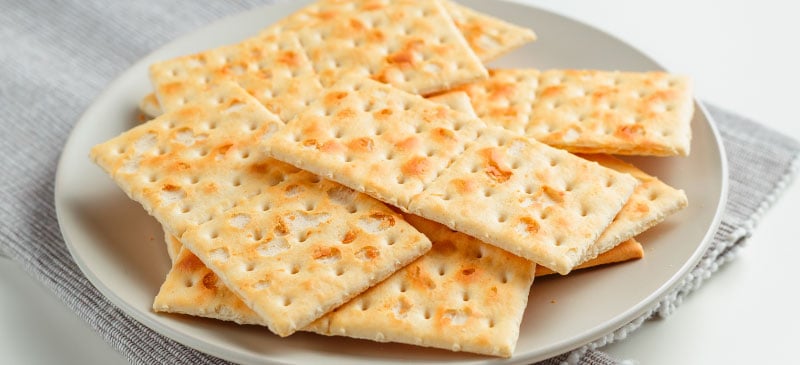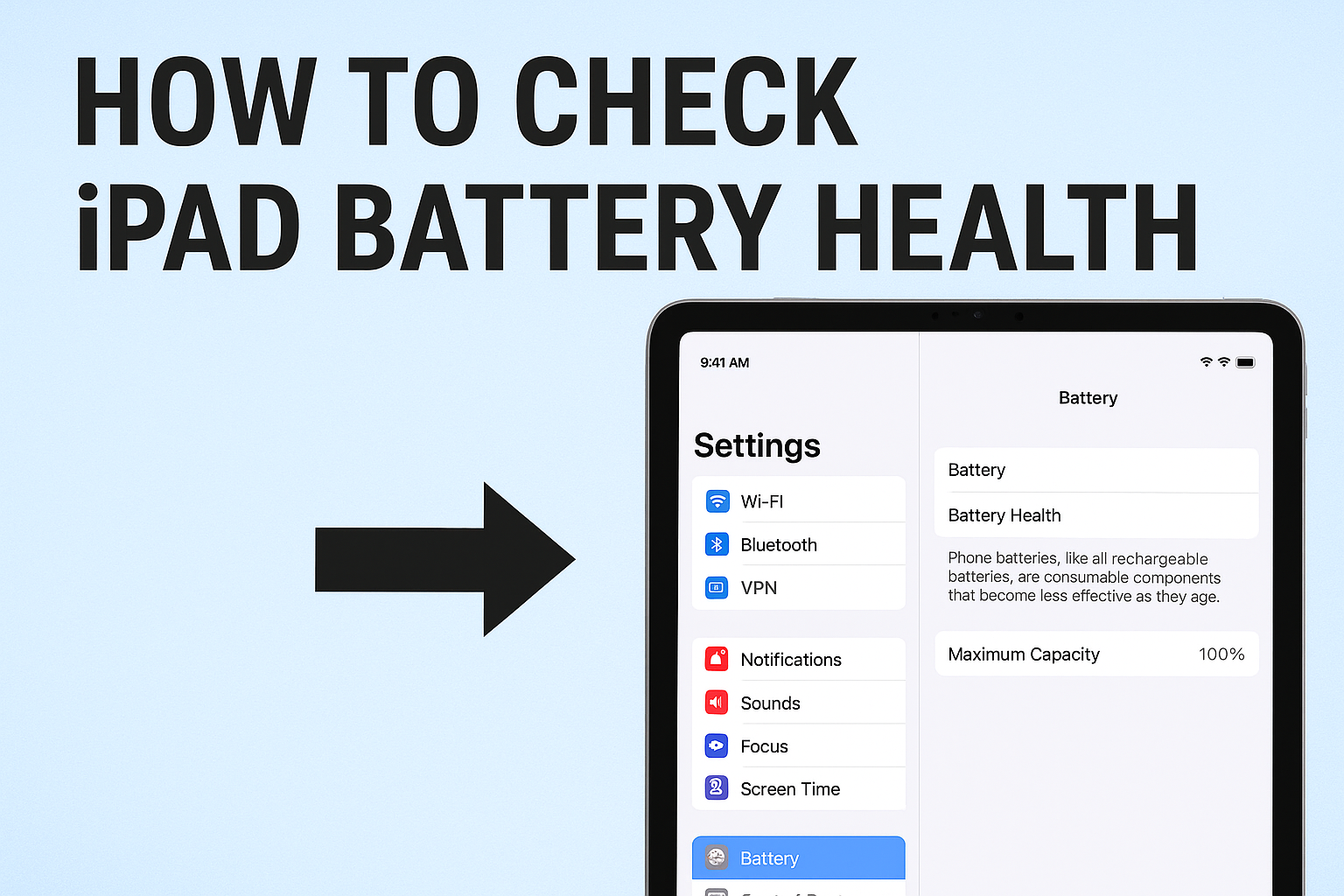
Introduction to Saltine Crackers
Crunchy, versatile, and oh-so-satisfying – saltine crackers have been a pantry staple for generations. Whether you enjoy them on their own as a quick snack or use them as a base for mouth-watering appetizers, there’s no denying the irresistible appeal of these crispy treats. But what do we really know about saltine crackers beyond their addictive crunch? In this article, we’ll dive into the world of saltine crackers and uncover the nutrition facts that make them both delicious and nutritious. So grab a handful of your favorite crackers and let’s discover all there is to know about saltine cracker nutrition!
Nutritional Information and Ingredients of Saltine Crackers
When it comes to understanding the nutritional information of saltine crackers, it’s important to take a closer look at the ingredients and values they offer. Saltine crackers are typically made from flour, water, vegetable oil, yeast, baking soda, and salt. These simple ingredients contribute to their iconic taste and texture.
In terms of nutrition, a serving size of five saltine crackers (about 16 grams) contains approximately 70 calories. They also provide small amounts of protein (1 gram), fat (2 grams), and carbohydrates (12 grams). While these numbers may seem modest, it’s worth noting that saltines are often enjoyed in larger quantities as snacks or accompaniments to meals.
Saltine crackers are low in sugar and cholesterol-free. However, they do contain some sodium due to the addition of salt during production. A serving typically contains around 160 milligrams of sodium.
Additionally, saltines can be a source of iron since most brands fortify their products with this essential mineral. It’s always a good idea to check the packaging for specific information on added vitamins and minerals.
While not particularly nutrient-dense compared to other foods like fruits or vegetables; when consumed in moderation as part of a balanced diet; saltine crackers can be enjoyed as an occasional snack or accompaniment without significantly impacting overall nutrition goals.
Health Benefits of Saltine Crackers
Health Benefits of Saltine Crackers
Saltine crackers may not be the first thing that comes to mind when thinking about healthy snacks, but they actually offer some surprising health benefits. Here are a few reasons why you can feel good about including them in your diet.
Saltine crackers are low in calories and fat. This makes them a great option for those looking to manage their weight or maintain a healthy eating plan. They can be enjoyed as a light snack on their own or paired with other nutritious ingredients like fresh fruits or vegetables.
Additionally, saltine crackers provide carbohydrates which serve as an important source of energy for our bodies. Carbohydrates help fuel our brain and muscles, keeping us energized throughout the day.
Furthermore, these crackers also contain small amounts of fiber, although not as much as whole grain alternatives. Fiber is essential for maintaining digestive health and promoting regular bowel movements.
Moreover, another benefit of saltine crackers is that they are typically low in sodium compared to many other processed snacks. While it’s always important to monitor your sodium intake and opt for lower-sodium options whenever possible, choosing saltines over chips or pretzels can be a healthier choice.
In conclusion (as requested), while they may not offer an extensive range of nutrients compared to other food options like fruits and vegetables, saltine crackers do have their place in a balanced diet. Enjoying them in moderation alongside nutritious foods can contribute to overall dietary diversity and satisfaction without compromising on taste!
Potential Negative Effects of Saltine Crackers
Potential Negative Effects of Saltine Crackers
While saltine crackers can be a tasty and convenient snack, it’s important to be aware of their potential negative effects on your health. One concern is their high sodium content. Saltines are notoriously salty, which can contribute to high blood pressure and increase the risk of cardiovascular diseases.
Another downside is that saltine crackers are low in fiber. This means they don’t provide much dietary fiber, which plays a crucial role in digestion and keeping you feeling full for longer periods. Without enough fiber in your diet, you may experience constipation or have difficulty maintaining a healthy weight.
Additionally, saltine crackers often contain unhealthy fats such as trans fats or saturated fats. These types of fats can raise cholesterol levels and increase the risk of heart disease if consumed regularly.
It’s also worth noting that saltine crackers tend to be highly processed and refined, lacking essential nutrients found in whole grains like vitamins, minerals, and antioxidants.
To minimize the negative effects of saltine crackers on your health, it’s best to consume them in moderation as part of a balanced diet. Pairing them with nutrient-rich foods like fruits or vegetables can help offset their nutritional shortcomings.
Remember that variety is key when it comes to maintaining good health. Opting for whole grain alternatives or homemade versions made with healthier ingredients can provide more nutrition without sacrificing taste.
Understanding the potential drawbacks allows you to make informed choices about incorporating saltine crackers into your diet while prioritizing overall well-being
How to Incorporate Saltine Crackers into a Healthy Diet
Incorporating saltine crackers into a healthy diet is easier than you might think. These crispy and convenient snacks can be enjoyed in various ways to add flavor, texture, and even nutrients to your meals. Here are some creative ideas on how to make the most of saltine crackers while maintaining a balanced eating plan.
1. Top it up: Instead of reaching for high-fat spreads like butter or cream cheese, try topping your saltine crackers with nutrient-rich options such as mashed avocado, hummus, or Greek yogurt. These alternatives provide healthy fats, protein, and additional vitamins and minerals.
2. Pair with protein: Use saltine crackers as a base for mini open-faced sandwiches by adding lean proteins like grilled chicken breast or smoked salmon along with fresh veggies. This combination adds satiating power without sacrificing taste.
3. Soup companion: Saltines have long been known as the perfect companion for soups and stews. Opt for low-sodium varieties to control your sodium intake while enjoying the satisfying crunch alongside your favorite homemade or store-bought soup.
4. Crunchy salad topping: Crushed saltine crackers can serve as a healthier alternative to croutons when sprinkled over salads instead of highly processed bread cubes. The added crunch will elevate the texture of your salad without piling on unnecessary calories.
5.
Substitute breadcrumbs: Crushed saltines can be used as a breadcrumb substitute when coating meats or vegetables before baking or frying them; this provides a lighter option that still delivers great taste and texture.
6.
Dip it right: Whip up a nutritious dip using ingredients like plain Greek yogurt mixed with herbs and spices – then use saltines as dippers! This way you’re getting extra protein from the yogurt while savoring every bite alongside the comforting crunchiness of the crackers.
Remember that moderation is key when incorporating any food into your diet – including salty snacks like saltine crackers! Enjoy them mindfully alongside a variety of other nutrient-dense foods to maintain a well-rounded and balanced eating
Delicious Recipes Using Saltine Crackers
Delicious Recipes Using Saltine Crackers
Saltine crackers are not only a convenient snack on their own, but they can also be a versatile ingredient in various recipes. Here are a few mouthwatering ideas to incorporate saltines into your culinary adventures.
1. Crunchy Chicken Tenders: Crush some saltine crackers and mix them with your favorite seasonings like garlic powder, paprika, and black pepper. Dip chicken tenders into beaten eggs and coat them with the cracker mixture. Bake until crispy for an irresistibly crunchy coating.
2. Mock Apple Pie: Surprisingly enough, saltine crackers can mimic the texture of apples when combined with sugar, cinnamon, lemon juice, and water. Layer this mixture between two pie crusts for a unique twist on a classic dessert that will leave everyone guessing!
3. Creamy Broccoli Casserole: Combine crushed saltines with melted butter to create a flavorful topping for creamy broccoli casserole. It adds an extra crunch while complementing the cheesy goodness of the dish.
4. Spicy Jalapeno Poppers: Elevate your appetizer game by using crushed saltines as a coating for jalapeno poppers stuffed with cream cheese or cheddar filling! The combination of heat from the peppers and crunch from the crackers creates an addictive bite-sized treat.
5. Salted Chocolate Bark: For those sweet cravings, melt dark chocolate and spread it evenly over parchment paper-lined baking sheet. Sprinkle crushed saltine crackers on top along with sea salt flakes for a delightful balance of sweetness and savory notes in every bite.
These are just a few examples to ignite your creativity in utilizing saltine crackers beyond snacking alone! Don’t be afraid to experiment – you never know what delicious creations you might come up with next!





